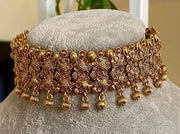
Yes, we know your diamonds from your Swarovskis, but do you know your polki from Kundan? You might look at a picture of a bridal necklace and be in awe, but how many of us can identify what work it has? So to make things crystal clear, we decided to give you a quick low down on what are the most excellent Indian jewellery types and how different they are priced! After all, it is one of the most significant assets you make in your lifetime!
What is Polki Jewellery?
Polki is essentially a stone. Polki jewellery is created with unfinished genuine diamonds. Polki is an uncut diamond naturally mined from the earth without any enhancement or lab creation. Polki jewellery is made with a gold foil at the rear that has been painted to identify the diamonds in between with uncut diamonds reflecting light. Since it's raw and relatively untouched, its demand is quite tall in the call, making it expensive. So necklace collections start around four lakhs and upwards. It's also quite heavy to wear because of the uncut stones' weight, so consider that while you pick it.
What is Kundan Jewellery?
Kundan jewellery is exceptionally elaborate, with coatings upon layers of stone, precious metals, and intricate joint work. The undersides of these pieces are enamelled. The defining characteristics of Kundan jewellery are its precious and semi-precious polished gemstones that are set in layers upon layers of patterns. Kundan means highly refined pure gold, but these days you have artificial Kundan jewellery, which has the same look as pure Kundan jewellery but is not set in gold.
Handcrafted Kundan Jewellery with genuine gold and gemstones can cost anywhere from Rs. 50,000 to a few lakhs. At the same time, artificial ones are in the pastureland of Rs 1000.
How is Kundan Jewellery Different from Polki?
Kundan and Polki are both stones. Kundan jewellery uses gemstones and glass in its craft, while Polki uses uncut, raw diamonds without any processing.
Kundan is a traditional Rajasthani jewellery made of glass stone (glass polki). It's usually stones inlaid in gold, making Kundan less expensive than Polki. The only distinction between the countenance of polki and Kundan is that of brightness, as Polki is more polished than Kundan. Also, since it's not natural stones, it is much less heavy.
What Is Jadau Jewellery?
Many people mistake jadau as a type of stone or jewellery, but it is a standard technique to create Kundan or polki. So while Kundan and Polki are stones, Jadau is a procedure used to make Kundan/Polki jewellery. 'Jad' means to be entrenched, the process used by artisans who craft this jewellery style. Jadau's work is complicated and concerns a team of craftsmen who must understand his work very well. The jewellery takes a long time to make – putting just four to five stones can take a whole day. This makes it one of the most expensive forms of jewellery. Each artisan has a specific task. The criteria make the preliminary design of the ornament. The engravings and the making of spots to qualify for the embedding later are done by artisans known as the ghaarias. As we stated, this technique is about ingraining stones. Gold is melted just a bit, enough to make it flexible. Once it becomes that way, the stones or crystals are set on it. Care and finesse are needed to do this job exactly. Once the gold cools down, the gems or crystals stick to it without help.
What about Meenakari Jewellery?
Meenakari is the art of colouring and ornamenting the surface of metals by fusing brilliant colours decorated in an intricate design. When you see a lot of paint on a jewellery set, that coloured enamel is called Meenakari. You can find this at the back of your polki location too! Over the centuries, Meenakari was connected with the traditional Rajasthani Kundan jewellery style. Meenakari position is relatively budget-friendly as the gold range is low, and the lac employed is just enamel.
These days, you have meenakari work opportunities in artificial jewellery too, which makes it very reasonable if you're peeking for budget options.
How Different Is Temple Jewellery From All Of This?
Very different! Temple jewellery, as the name suggests, was the jewellery used to adorn the idols of Gods and Goddesses in the south Indian culture. They are lumpy and heavy, usually studded with gems or even created of plain gold. Temple jewellery usually has designs that are influenced by the south Indian culture. They were encouraged by idols of gods and goddesses, animals, floral shapes, birds and figures of royal figures. Temple jewellery has an old-world charm with its rich cultural background. It was costly as it's made up of pure gold and is quite chunky.
Advice On Handling Care Of Your Bridal Jewellery
- Keep gold jewellery in a satin or velvet-lined box with compartments to prevent the pieces from bumping into each other.
- Keep meenakari or jadau jewellery in airtight plastic boxes.
- Silver jewellery should be stored in airtight boxes as this help reduce exposure to metals and oxygen.
- Never use makeup or perfumes after you wear your jewellery, always apply it before.
- Store pieces with gemstones in separate and soft pockets that you get from your jeweller. Always ask for extra when you pick your jewellery so you can store it separately
- Polki jewellery should be covered in butter paper or cotton so that they are in a cool, dry place without being in touch with moisture.
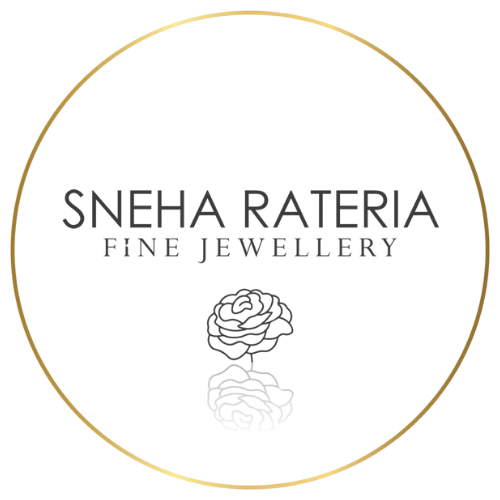

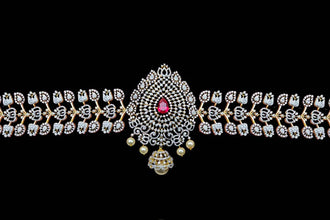
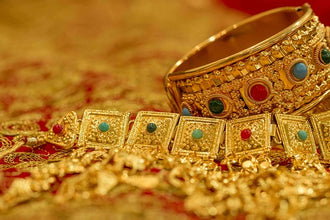
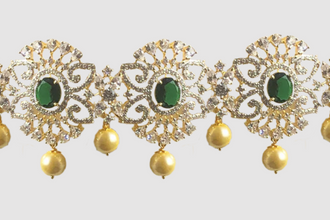
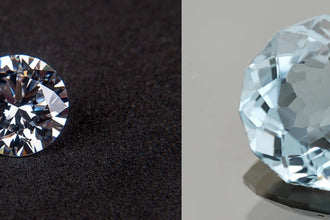
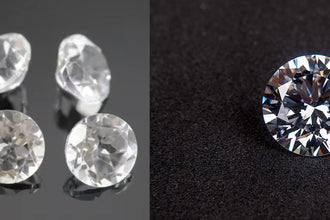
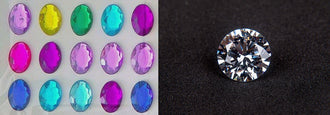
gkchudiwalas /
This blog is really amazing and helpful for those who’s searching for best polki jwellery.
Thankyou for sharing this to us.
https://www.gkchudiwalas.com/